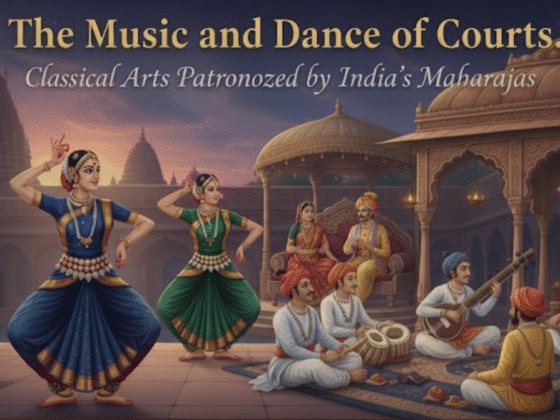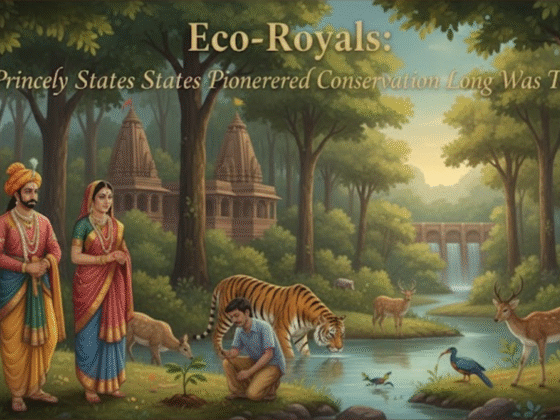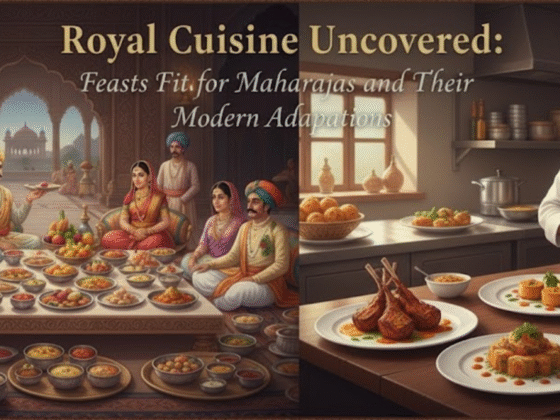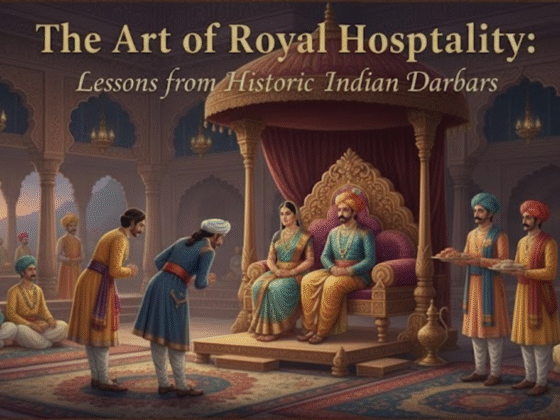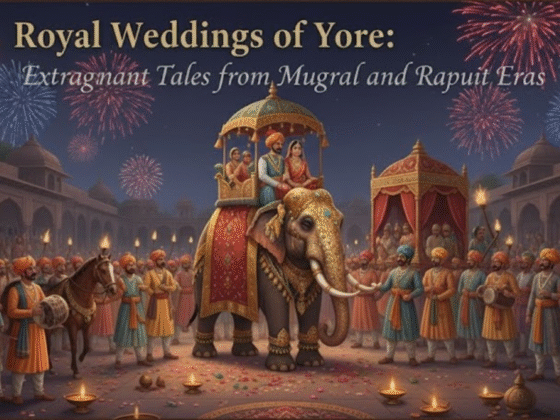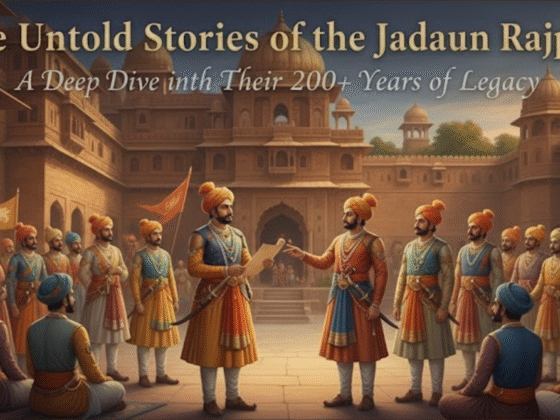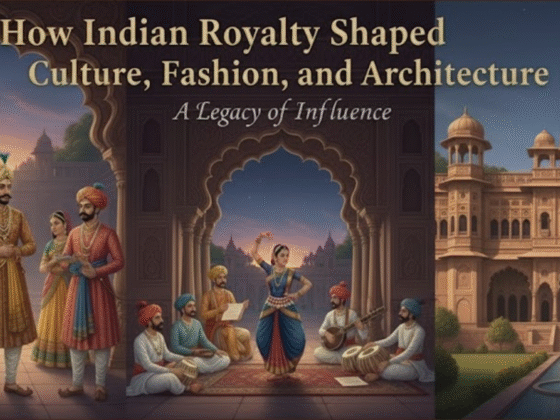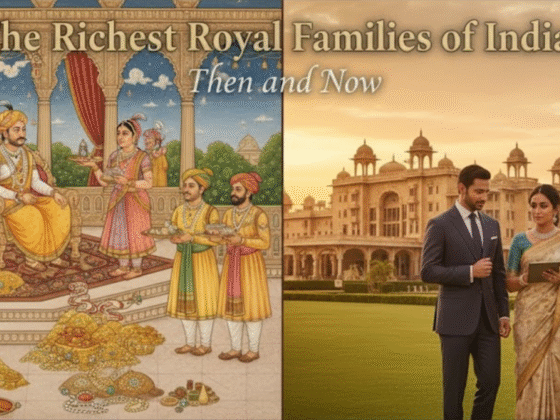Awagarh – A Hidden Gem of Uttar Pradesh’s Royal Past
Awagarh, a historic town in the Etah district of Uttar Pradesh, is a treasure of heritage and cultural richness. From its grand fort to its royal contributions in education and art, this town offers a rare and meaningful experience for travelers interested in India’s lesser-known legacies.
Awagarh Fort – A Legacy of Rajput Strength
Awagarh Fort was built in the 12th century by the Jadon (Yaduvanshi) Rajputs. Spread across 108 acres, it stands atop a natural mound, surrounded by a moat and expansive greenery. The fort remains impressively preserved, making it a must-visit for history enthusiasts.
Thakur Hira Singh, a royal from the early 1800s, further developed the fort. Indo-Islamic elements are evident in the detailed jali work and lattice windows. The architecture reflects a blend of Mughal elegance and Rajput resilience. Visitors often admire the symmetry of courtyards and the quiet strength of the old stone walls.
Royal Legacy and Educational Vision
Awagarh is also remembered for its philanthropic royal lineage. Raja Balwant Singh (1852–1909) played a major role in promoting education during British India. In 1885, he founded the Balwant Rajput High School, which later became Raja Balwant Singh College in Agra.
He donated vast tracts of land to the cause of education. A believer in national reform, he also supported Hindi and partnered with Rabindranath Tagore in shaping Shantiniketan. His efforts created a foundation for future generations to learn and thrive.
Religious Sites and Spiritual Harmony
Awagarh is home to several temples and spiritual spaces. The Shri Parshvanath Digambara Jain Mandir is a key attraction. Built with polished white marble, it features intricate carvings and colorful paintings.
Nearby, you’ll also find local Shiva temples and sites like Bateshwar, which attract both locals and pilgrims. Together, these spiritual landmarks reflect Awagarh’s diverse and inclusive culture. Pilgrims visit year-round, drawn by peace and tradition.
Culture, Festivals, and Folk Traditions
The region shares the cultural vibrancy of western Uttar Pradesh. Though detailed records specific to Awagarh are limited, its festive life follows regional patterns. Local traditions include Allaha, Phaag, and Kajari—folk songs sung in groups during harvests and religious events.
Banasha dance, mythological dramas, and bhajans are common during festivals. Key celebrations include Diwali, Janmashtami, Eid, and Rama Navami. Fairs and village gatherings make these events deeply communal and colorful.
Travel Guide – Visiting Awagarh
Awagarh is easily accessible and ideal for a weekend getaway from Agra, Aligarh, or Etah. With good roads and quiet surroundings, it’s perfect for history lovers and peace seekers.
Best Time to Visit:
The best time to explore is between November and March. The weather stays cool, making fort visits and temple walks more enjoyable.
How to Reach:
-
By Road: Just 24 km from Etah via State Highway 33.
-
By Train: Awagarh and Etah stations are the closest.
-
By Air: The nearest airport is Kheria Airport in Agra, about 100 km away.
Food and Stay:
Homestays and small eateries in town offer local UP and Mughlai cuisine. For better dining and accommodation options, Aligarh is just an hour’s drive and has many modern amenities.
Final Thoughts
Awagarh is a quiet yet powerful place. With its historic fort, royal contributions to education, spiritual centers, and vibrant traditions, it gives a wholesome experience of India’s rural grandeur. It’s perfect for travelers who prefer authentic experiences over crowded destinations.
Whether you’re a heritage lover or someone curious about India’s royal past, Awagarh rewards your time with stories, silence, and soul.


